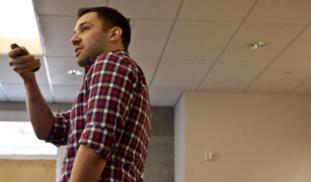Please wait...
About This Project
Science can change the world, but only if it is communicated effectively to the public and policy makers. To help scientists better explain why their research matters, we created a communication training program for science grad students. We want all science grad students to have access to communication training. To overcome the critical roadblocks, we will evaluate the benefits of communication training to the careers of our students.

Browse Other Projects on Experiment
Related Projects
Unveiling Desires: Exploring BIPOC BDSM Preferences
"Unveiling Desires'' explores BIPOC fetishistic desires using a unique dataset from voluntary fetish surveys...
Can we empower science students with communication skills by eliminating the barriers of time and expertise?
Science professors generally don't have the time or expertise to teach cross-cutting skills like communication...
Can zoos bring us together?
Have zoos inspired their 180 million annual visitors to get involved and make choices everyday to conserve...



